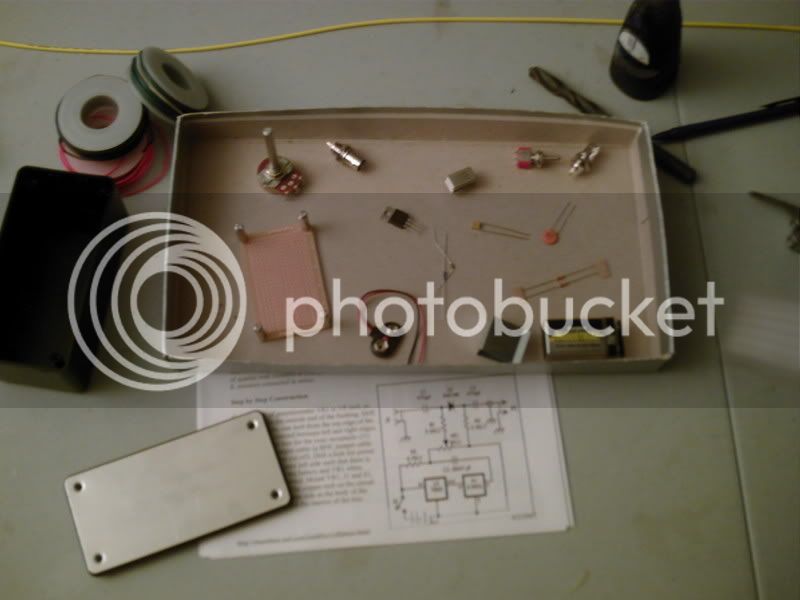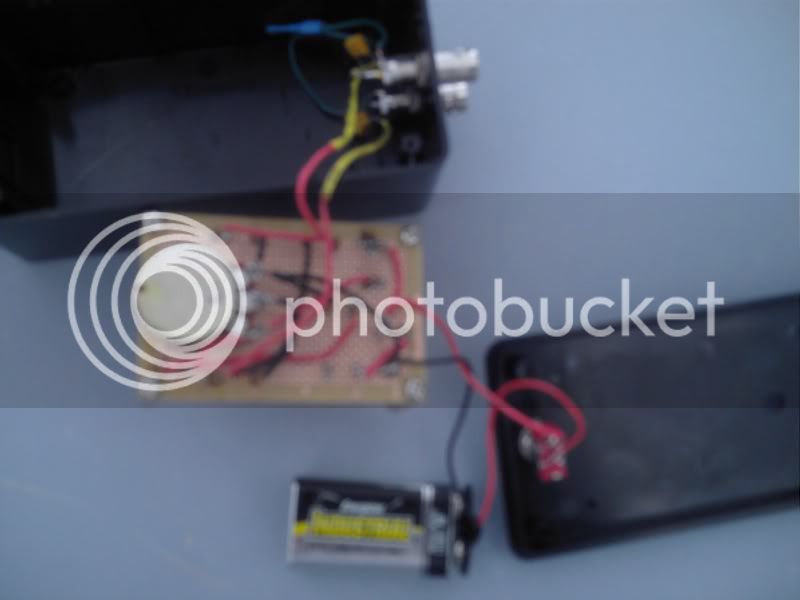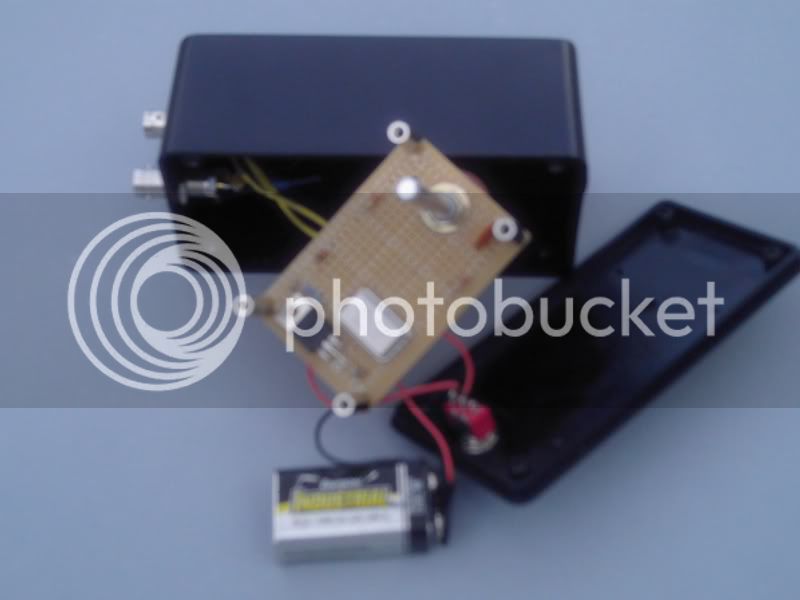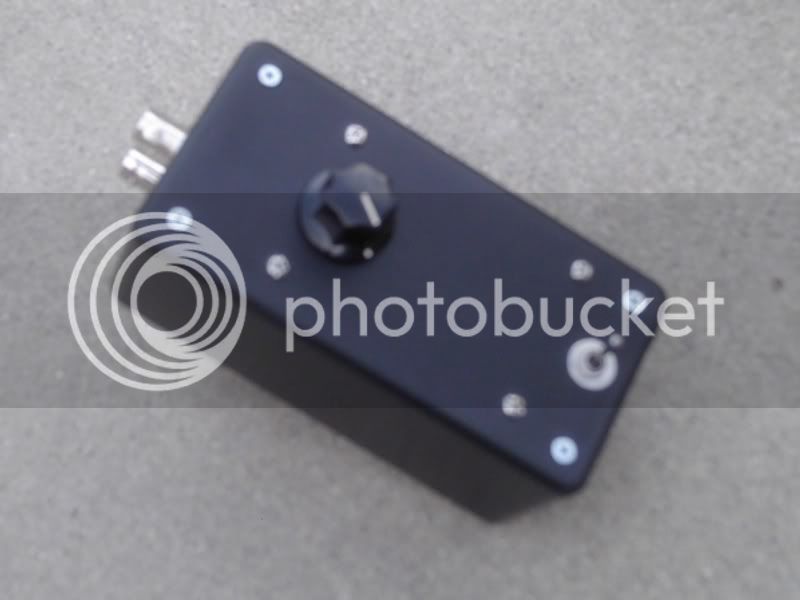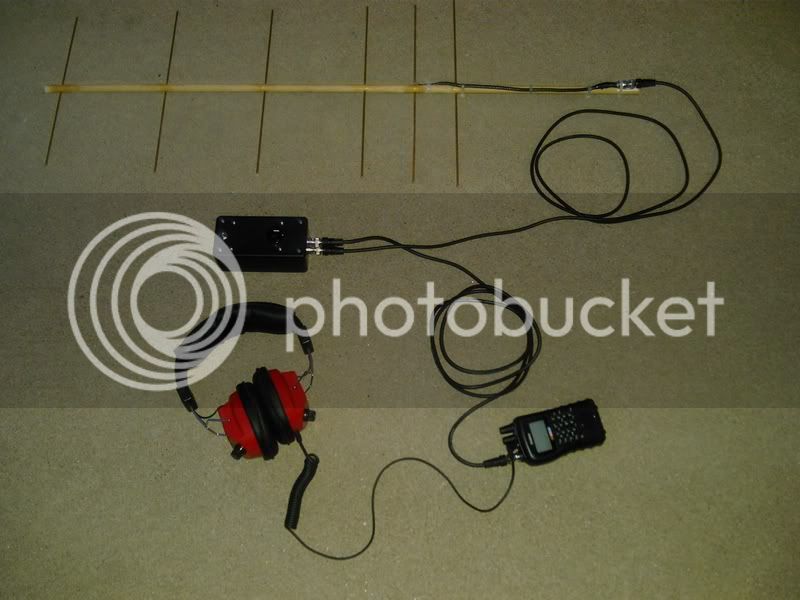<b>RE: Detuning vs. Attenuator</b>
I find the detuning method suggested by Greg (the BRB himself) works great. Using it I'm able to get great directionality until I'm nearly on top of the transmitter. I much prefer this to carrying around yet another piece of equipment.
<b>Detuning Tips</b>
Change the tuning step on your HT (aka radio) to the smallest increment. Use the S-meter to measure the signal strength. Once I get close, I tend to open the squelch and detune until the signal barely registers on the S-meter. At that point, I generally can't hear the signal and rely on the S-meter alone.
When I get really close, I'll detach the antenna entirely. After doing this, I can usually tell when I'm within 10 feet or so. This latter technique worked great last year when my BT-60 rocket was lost in a field of chest-high brush. Triangulation also works well when you get close.
<b>Homemade Antenna Experiences</b>
I followed the directions on the
6 element yagi web site using wood as the boom. I started out using hollow aluminum elements (to save weight), but changed the driven element to the recommended brass once I realized I couldn't solder to aluminum. Hollow aluminum was also too fragile.
<b>Softrock</b>
My Softrock kit is also sitting on my to-be-built pile. I think "Software Defined Radio" (SDR) is the coolest radio technology around. The Softrock basically shifts a portion of the radio spectrum down into the audio range, and lets you do some of the tuning and all of the demodulating in software. Using a Softrock (or similar SDR) and a reasonable sound card, you can build a more sensitive and better quality receiver than you can find in almost any commercial receiver. The best part is that there are a lot of gifted amateurs working on it and it has great free software support.
Jim




